Battery technology – Polyamide 6.6: A Versatile Material in Automotive Applications 18-01-2024
Battery technology
Crude Oil Prices Trend
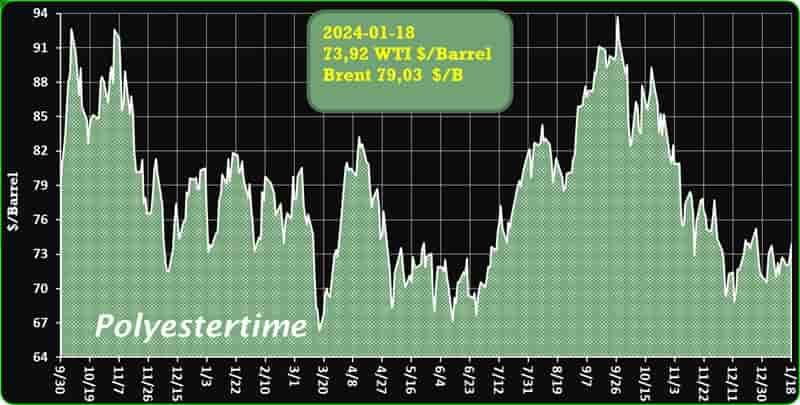
Crude Oil Prices Trend by Polyestertime
Polyamide 6.6: A Versatile Material in Automotive Applications
Polyamide 6.6, also known as nylon 6.6, is a versatile and widely used engineering plastic that offers a unique combination of properties that make it ideal for a wide range of automotive applications. From engine components to interior trim, polyamide 6.6 plays a crucial role in modern cars.
Key Properties of Polyamide 6.6
Polyamide 6.6 is characterized by its excellent mechanical strength, toughness, and abrasion resistance.
It also exhibits good chemical resistance, particularly to fuels and lubricants, making it a suitable choice for components exposed to harsh environments. Additionally, polyamide 6.6 is lightweight, making it an effective material for reducing vehicle weight, which contributes to improved fuel efficiency and emissions reduction. Battery technology
Common Automotive Applications of Polyamide 6.6
Polyamide 6.6 finds extensive use in various automotive components, including:
- Engine components: Polyamide 6.6 is commonly used for engine parts such as gears, bearings, valve covers, and oil pans. Its high strength and wear resistance make it ideal for applications that require durability and resistance to heat and fluids.
- Interior trim: Polyamide 6.6 is a popular choice for interior trim pieces, including door panels, dashboards, center consoles, and armrests. Its ability to withstand wear and tear, as well as its aesthetic appeal, makes it a suitable material for these applications. Battery technology
- Cooling systems: Polyamide 6.6 is used in various cooling system components, such as radiator tanks, heater hoses, and thermostat housings. Its resistance to heat and chemicals makes it suitable for these applications, which are exposed to high temperatures and various fluids.
- Electrical connectors: Polyamide 6.6 is often used for electrical connectors due to its electrical insulation properties and its ability to withstand vibration and impact. It is also flame-retardant, making it a safe choice for these applications.
Benefits of Using Polyamide 6.6 in Automotive Applications
The use of polyamide 6.6 in automotive applications offers several benefits:
- Reduced weight: Polyamide 6.6 is lightweight compared to metals, such as steel or aluminum, making it an effective material for reducing vehicle weight. This contributes to improved fuel efficiency and emissions reduction.
- Improved durability: Polyamide 6.6 is a durable material that can withstand the rigors of automotive use, including exposure to heat, chemicals, vibration, and impact. Battery technology
- Enhanced safety: Polyamide 6.6 is often flame-retardant and can be formulated to meet specific safety requirements.
- Cost-effectiveness: Polyamide 6.6 is a relatively inexpensive material, making it a cost-effective choice for many automotive applications.
Conclusion
Polyamide 6.6 is a valuable material in the automotive industry, offering a combination of properties that make it suitable for a wide range of applications. Its strength, durability, and resistance to harsh environments make it an ideal choice for components that need to withstand the rigors of everyday driving. As the automotive industry continues to strive for lighter, more fuel-efficient, and safer vehicles, polyamide 6.6 is expected to play an even more significant role in future automotive designs. Battery technology
Additional Notes
- Polyamide 6.6 is often blended with other plastics or reinforcements to enhance specific properties. For instance, glass fiber reinforcement can be added to improve stiffness and strength, while mineral fillers can be used to reduce weight and improve flame retardancy.
- Polyamide 6.6 is a recyclable material, and many automotive manufacturers are incorporating recycled polyamide into their products to reduce their environmental impact. Battery technology
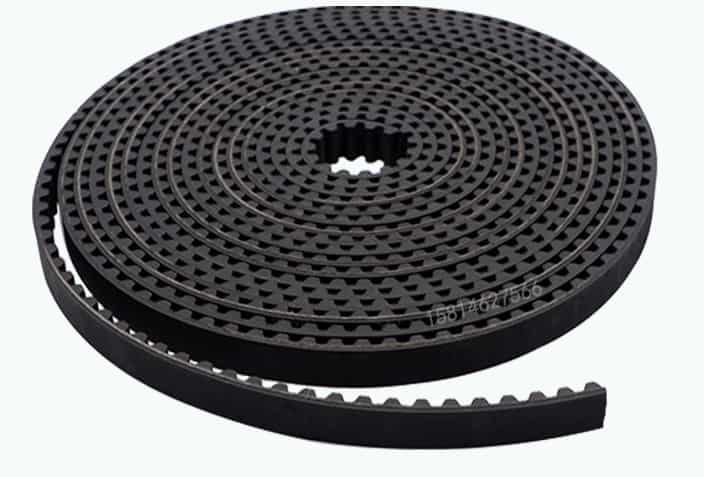
The landscape of electric vehicle (EV) batteries is undergoing a transformative shift, driven by continuous advancements in battery technology
Serving as the linchpin for EV functionality, batteries play a pivotal role in determining driving range, charging efficiency, overall cost, and environmental impact. Despite the rising popularity and affordability of EVs, current battery technologies grapple with challenges like low energy density, prolonged charging times, elevated costs, and safety concerns. Consequently, concerted efforts from researchers and industry players are directed towards developing innovative battery solutions capable of surmounting these impediments, facilitating the widespread adoption of EVs. Battery technology
Among the frontrunners for the next generation of batteries is the solid-state battery, which replaces the liquid electrolyte found in traditional lithium-ion batteries with a solid substance. This substitution presents notable benefits, including heightened energy density, accelerated charging capabilities, extended lifespan, and reduced fire risks. Renowned automakers like Toyota and Mercedes have already articulated plans to integrate solid-state batteries into their EV models by the mid-2020s.
An additional promising battery technology on the horizon is the lithium-sulfur battery, featuring sulfur as the cathode material instead of conventional cobalt or nickel.
Sulfur, being abundant, cost-effective, and environmentally friendly, boasts a higher energy storage capacity per unit mass. Battery technology
However, challenges such as low conductivity, limited cycle life, and volume expansion have prompted recent breakthroughs, such as the discovery that adding sugar to sulfur enhances its performance and stability. This breakthrough holds potential for the development of more economical and efficient batteries for EVs.
Beyond exploring novel battery chemistries, efforts are underway to enhance battery performance by optimizing cell and pack design and engineering. Strategies involve increasing electrode surface area, reducing internal resistance, improving thermal management, and integrating intelligent sensors and controllers. These innovations promise to elevate battery efficiency, reliability, and safety. Battery technology
The future of automotive batteries is marked by promise and excitement, fueled by emerging technologies and innovations to meet the escalating demand for EVs. However, challenges loom, including concerns about the availability and sustainability of raw materials, the scalability and cost-effectiveness of manufacturing processes, the compatibility and interoperability of charging infrastructure, and the need for regulation and standardization in the battery industry. Realizing the full potential of future batteries will necessitate collaborative efforts from diverse stakeholders, encompassing researchers, manufacturers, policymakers, and consumers. Battery technology
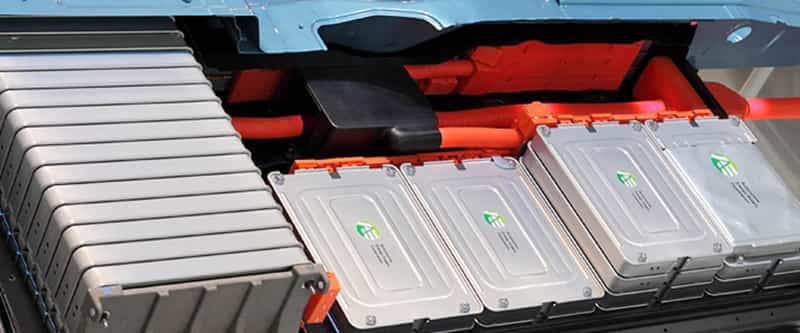
Global PC and PP Markets Navigate Turbulent Waters Amidst Supply Chain Disruptions
In the aftermath of recent supply chain disruptions due to Red Sea crisis, the global markets for Polypropylene (PP) and Polycarbonate (PC) are on high alert for potential price fluctuations. The suspension of production by automotive giants Tesla and Geely-owned Volvo Car in Europe, attributed to a shortage of components linked to Red Sea shipping attacks, is poised to impact the consumption and pricing of these crucial chemical commodities like PP and PC. Battery technology
The conflicts in the Red Sea, coupled with shifts in transport routes and disruptions in key canals such as the Suez Canal and the Panama Canal, have set off a ripple effect across the production and transportation of chemical commodities such as PC and PP. The resulting longer transportation times and logistical challenges are contributing to uncertainties in supply chains, further influencing the dynamics of the PC and PP markets.
While global freight rates showed a bullish trend in the past month, a recent slight decrease in freight between China and the U.S. West Coast in the second week of 2024 has been observed. Battery technology
This dip is attributed to a slowdown in demand for PP and PC manufactured in Asia, prompting ocean carriers to adjust freight rates accordingly. The broader context of supply chain disruptions, compounded by the geopolitical events in the Red Sea, adds a layer of complexity to the pricing dynamics of PC and PP.
The attacks on shipping in the Red Sea have triggered concerns about extended shipping route disruptions, particularly through the Suez Canal. Consequently, the automotive industry’s supply chain has been directly affected, leading to reduced production and a potential oversupply of PP and PC in the market.
This oversupply may exert downward pressure on prices in the European and US regions in the coming weeks. Battery technology
Vessels traversing the Red Sea have faced attacks over the past several weeks from Yemen-based Houthis, prompting shipping companies to alter routes, resulting in a spike in freight rates. Embarking on longer detours around the Cape of Good Hope in South Africa has pushed ocean freight rates up, diverting container ships carrying over $200 billion worth of goods away from the Red Sea waterway to avoid potential strikes by Houthi militants.
Industry experts are closely monitoring these developments, anticipating potential shifts in market conditions and urging stakeholders to remain adaptable to the evolving situation. The extent of the impact on PC and PP prices will depend on the duration and severity of the supply chain disruptions caused by ongoing geopolitical tensions and their subsequent effects on global trade routes. Battery technology
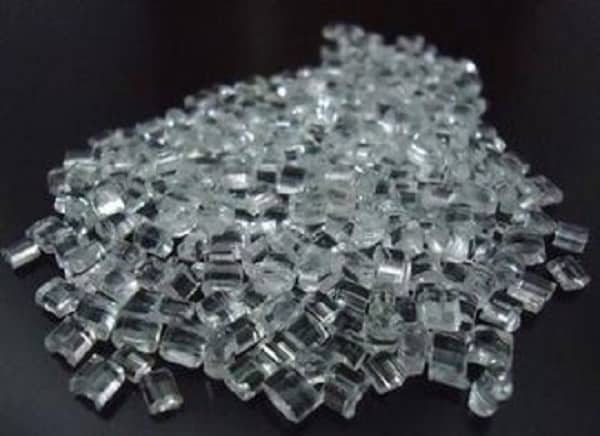
The latest report of The Recycling Partnership shows that only 28% of PET bottles are recycled in the US
The Recycling Partnership, a non-governmental organisation committed to building a better recycling system, released a report analysing the state of recycling in the US. One of the key takeaways of the report, titled “State of Recycling: Present and Future of Residential Recycling in the U.S.”, is that every material type of residential recyclables is under-recycled, including PET-bottles.
The data reveals where the gaps are greatest, and where policy, investment, and action will have the largest impact. The report is based on multi-year field measurement studies conducted across the US and The Recycling Partnership’s National Database; it employs an updated methodology for determining recycling rates that tracks materials throughout the system. Battery technology
We will focus on the recycling rates for PET bottles only. While PET bottles rank among the most effectively recycled plastic packaging, the authors of the report come to the conclusion that still seven out ten PET bottles are not recycled. The reasons for the insufficient recycling rates of PET bottles are manifold.
Recycling Access
Only 73% of all households have access to recycling. The numbers vary depending on the state. In Delaware, 97% of all households have access to recycling containers, whereas in Mississippi only 37% of households are able to conveniently recycle their trash. For those with access, some locations do not collect all packaging types thus limiting the amount of recyclable material collected. Battery technology
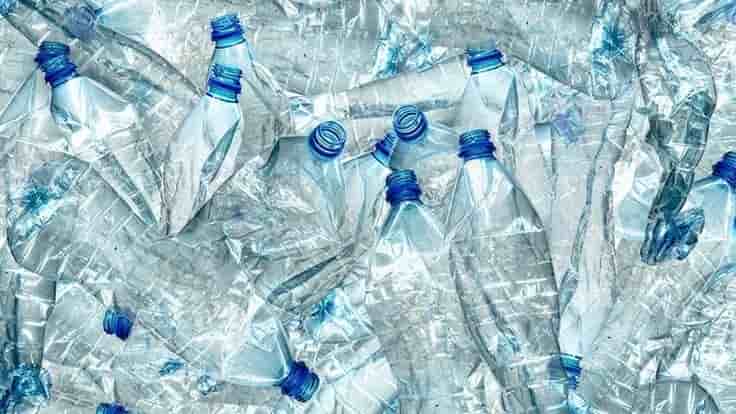
MyRemono, an Italian company specializing in innovative PMMA (polymethylmethacrylate) technology, has successfully entered the preparatory phase for small-scale projects under the European Innovation Fund
With 51% ownership by Maire Tecnimont via the NextChem division, MyRemono’s NXRe PMMA technology focuses on chemical recycling through catalytic depolymerization of plastic waste, specifically targeting acrylic (PMMA) and styrenic resins.
The company’s admission to the third call for small-scale projects by the European Innovation Fund was based on rigorous evaluation criteria, including its potential to reduce greenhouse gas emissions, innovation level, project maturity, scalability, and cost efficiency. The grant agreement is anticipated to be finalized in the second quarter of 2024. Battery technology
MyRemono’s proposed project involves the industrial scale-up of NXRe PMMA technology, intending to construct a demonstration plant with a treatment capacity of approximately 5,000 tonnes per year of polymethylmethacrylate-based waste. Collaborating with Biorenova, the continuous depolymerization process employs thermal energy and a specific catalyst to break polymer bonds, returning plastics to their original monomers. Already operational in a pilot plant in Montorio al Vomano (TE) with a treatment capacity of around 1,600 tonnes, the technology has shown promise.
The European Innovation Fund, a significant supporter of innovative projects in clean technologies, allocated an overall budget of 100 million euros for its third call on small-scale projects, ranging from 2.5 to 7.5 million euros in capital costs. Out of 72 applications, only 17 projects, including MyRemono’s NXRe PMMA technology, were selected for the preparatory phase of the grant agreement. Battery technology
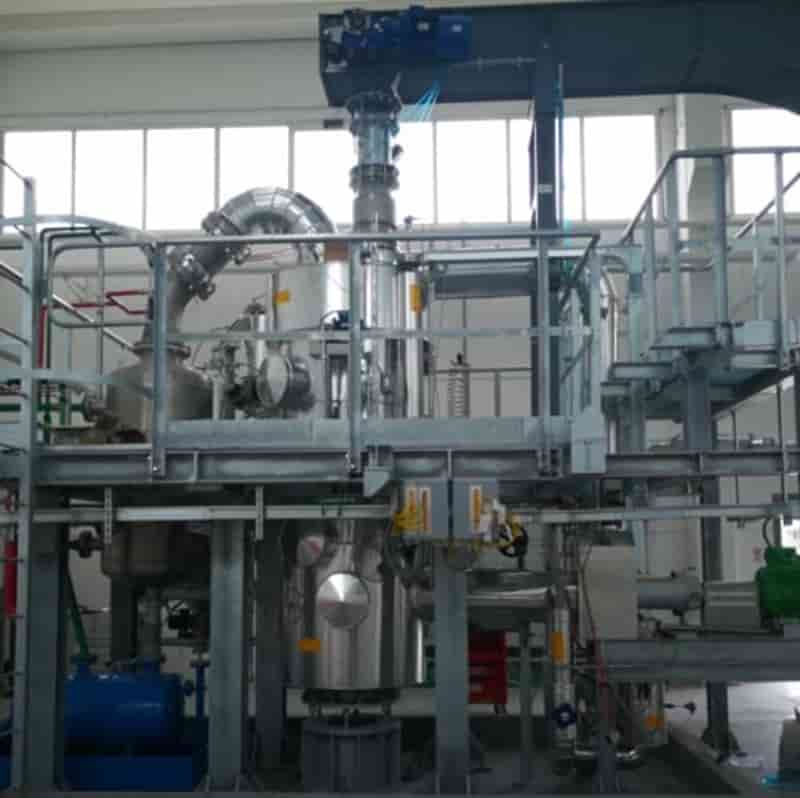
NextChem selected for grant agreement under EU innovation fund
The selected initiative is related to the industrial scale-up of MyRemono’s NXRe PMMA modular technology through the implementation of a first-of-its-kind plant with a processing capacity of up to approximately 5000 tpy. Battery technology
This solution, jointly developed with Biorenova, is a plastic depolymerisation technology which recovers monomers (building blocks for the plastic value chain) with ultra-high levels of purity from sorted plastic waste, particularly polymethylmethacrylate (PMMA) through a continuous chemical recycling process. The project intends to increase the recycling rate of PMMA waste and scraps within the EU and reduce dependence on fossil raw materials for the production of these intermediates, embracing a fully circular model.

What happens to biodegradable plastics if they enter the sea? New study
Our new study investigates what happens when biodegradable plastics enter the ocean, and whether these increasingly popular alternatives to conventional plastics are safer for marine ecosystems, or whether they come with their own risks. Battery technology
When the first full synthetic plastic was invented in 1906 – over 100 years ago – widespread use of the material for consumer products soon arose in the post-war period. Plastic was cheaper to produce than the more expensive paper, glass and metal materials used in throwaway items – such as consumer packaging – and was also stronger, lighter, safer and more durable, and it shifted the way that we use materials forever.
However, the properties of plastic that make it such an attractive material, such as durability and strength, also make it a lasting problem once it reaches the end of its useful life. Some types of plastic can take thousands of years to degrade, and it is estimated that a truckload of plastic enters the ocean every minute. Battery technology
In response to such concerns, biodegradable plastics – that is, plastics that can break down or ‘biodegrade’ – have been in development since the end of the last century, to achieve similar usage and convenience of traditional plastics, but with the goal of breaking down quickly and harmlessly.
But, as the global production of biodegradable plastics increases – from 1.5 million metric tons in 2023 to almost 5.3 million in 2028 – it is critical that we understand the impacts of these materials on the environment. Battery technology
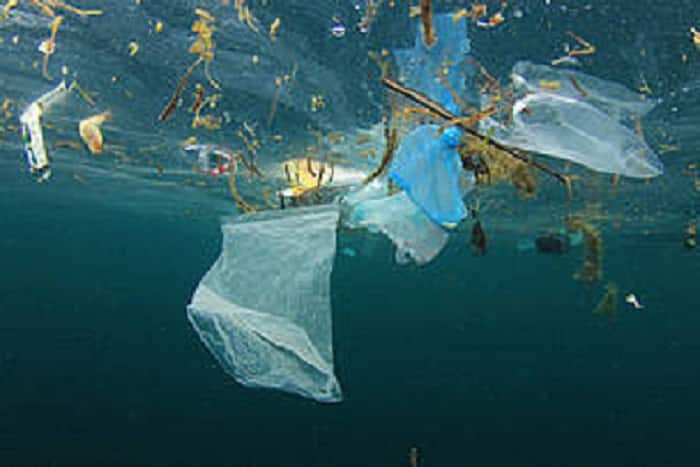
The Versatile Role of Nylon 6.6 in Automotive Textiles: Driving Innovation on the Road
Introduction
In the dynamic world of automotive engineering, materials play a pivotal role in enhancing performance, durability, and overall efficiency. One such material that has revolutionized the automotive industry is Nylon 6.6. This synthetic polymer, known for its exceptional strength, durability, and versatility, has found numerous applications in various components of modern cars, particularly in textiles. In this article, we’ll explore the diverse applications of Nylon 6.6 in automotive textiles, showcasing how this resilient material is driving innovation on the road. Battery technology
Nylon 6.6: A Brief Overview
Nylon 6.6, a type of polyamide, is a synthetic thermoplastic material that exhibits remarkable mechanical properties. Its structure is formed through the polymerization of hexamethylene diamine and adipic acid, resulting in a robust and resilient polymer. The exceptional strength, heat resistance, and durability of Nylon 6.6 make it an ideal candidate for automotive applications, especially in textile components.
Automotive Textiles and Nylon 6.6
- Seat Fabrics: Nylon 6.6 is widely used in the production of seat fabrics due to its high tensile strength and resistance to wear and tear. Car seats endure constant use, including exposure to sunlight, friction, and spills. Nylon 6.6’s ability to resist abrasion and fading makes it an excellent choice for manufacturing seat covers that maintain their aesthetic appeal and structural integrity over time.
- Carpeting and Floor Mats: The interior of a car experiences high foot traffic, necessitating robust and durable materials for carpets and floor mats. Nylon 6.6 is favored for its resistance to stains, moisture, and heavy wear. Its ability to retain color and texture, even in high-traffic areas, contributes to the longevity and visual appeal of automotive interiors. Battery technology
- Safety Belts and Airbag Fabrics: In critical safety components like seat belts and airbags, strength and reliability are paramount. Nylon 6.6’s high tensile strength and energy-absorbing properties make it an excellent choice for weaving the fabrics used in safety belts and airbags. These textiles play a crucial role in ensuring the safety of passengers during sudden stops or collisions.
- Convertible Tops: For convertible vehicles, the top material needs to withstand exposure to various weather conditions while maintaining flexibility and durability. Nylon 6.6, with its excellent weather resistance and flexibility, is often employed in the production of convertible tops, providing a reliable barrier against rain, sunlight, and other environmental factors. Battery technology
- Engine Compartment Textiles: Beyond the interior, Nylon 6.6 is utilized in various engine compartment textiles, such as cable wraps and protective covers. Its resistance to high temperatures, chemicals, and abrasion makes it suitable for applications where exposure to harsh conditions is common.
Conclusion
Nylon 6.6 has emerged as a driving force in automotive textiles, offering unparalleled strength, durability, and versatility. As the automotive industry continues to evolve, the demand for materials that can meet the rigorous requirements of modern vehicles becomes increasingly vital. Battery technology
Nylon 6.6, with its impressive set of properties, has proven to be a valuable asset in enhancing the performance, safety, and aesthetics of automobiles. As technology advances, we can expect to see further innovations in automotive textiles, with Nylon 6.6 at the forefront of these developments.
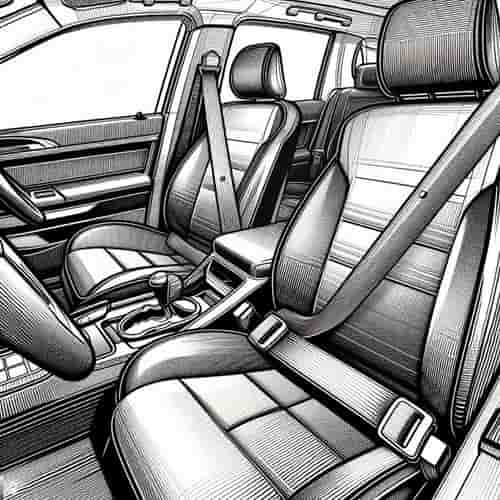
Battery technology

